The iBasso DX120 is one of iBasso’s newest DAPs. Do we like it or not…it’s all in this article
Disclaimer: The iBasso DX120 was sent to us by iBasso directly in exchange for our honest review. Current price is 299$ and around 329€ around various websites.
About iBasso
iBasso is a chinese maker of DAP, amplifiers, DAC and more recently IEM. If they’ve been in the audio game for a bit more than 10 years now, the brand really got famous with the DX50 and DX90. It was a great set of players which were replaced by the the DX150 and DX200 last year. This time we check out the iBasso DX120, who’s supposed to replace the old DX80. Smaller, simpler, yet better ? Let’s find out.
Presentation
In case you haven’t read our review of the iBasso DX150, I’ll give you the link here. You will find a brief summary of iBasso’s previous and actual DAP line-up : DX50/DX90, DX80 and DX200/DX150. If you’re more interested in the amplifier modules summary… same address !
The iBasso DX120 goal is to replace the old DX80, which wasn’t the best DAP of its time but it sold pretty nicely. I still have got one in my “old dap” box and if you put both players side by side, there is a striking difference in build quality. As the iBasso DX80 displayed hard edges all over, the iBasso DX120 is all about round corners and waves.
Design & Build Quality
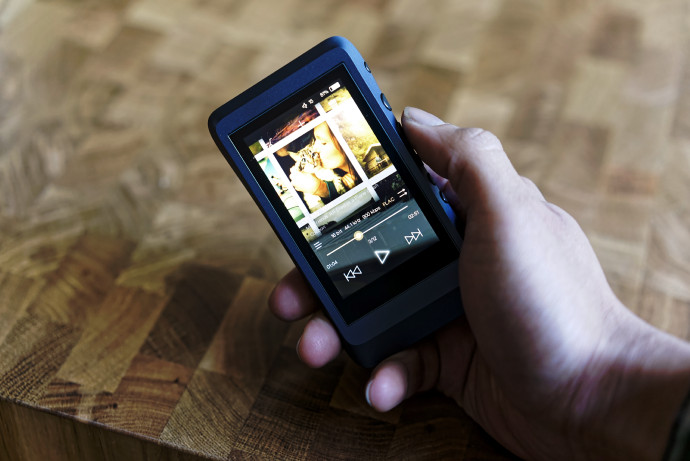
Casing
On each generation of DAPs, iBasso has been improving and, up to date, the iBasso DX120 displays the finest case available on any player of the brand. The aluminium touch feels sturdy and definitely premium, even if the overall design is a bit too convoluted for me. The absence of the modular amp allowed iBasso to use a full monoblock case and a back made of tempered glass.
I received a “sky blue” model but there is also an “Earth brown” version, in case you find blue too mainstream. However, I found the player to appear more indigo than blue. I don’t find the DX120 amazingly beautiful, still, out of the brand’s range I think it’s the best looking one. They didn’t go overboard like Astell&Kern but didn’t play it plain either.
Under the grazing light, the iBasso DX120 displays a very cool gimmick. Running across the whole player, there are waves engraved on the case, following the curves of the DAP. It adds a subtle sensation in the hand, which greatly improves the perceived quality of the DX120. Spaces between the lines tend to be smaller or larger depending on the region, pretty neat.
For the first time, iBasso has put a glass on the back of the player. Under the glass, you have a deep black cover with silver coated text and the brand logo. The whole setup blends perfectly within the case and for once, the backplate of an iBasso DAP doesn’t feel cheap or fake.
Overall, it’s a well-built player and surely the nicest DAP from iBasso, in my opinion.
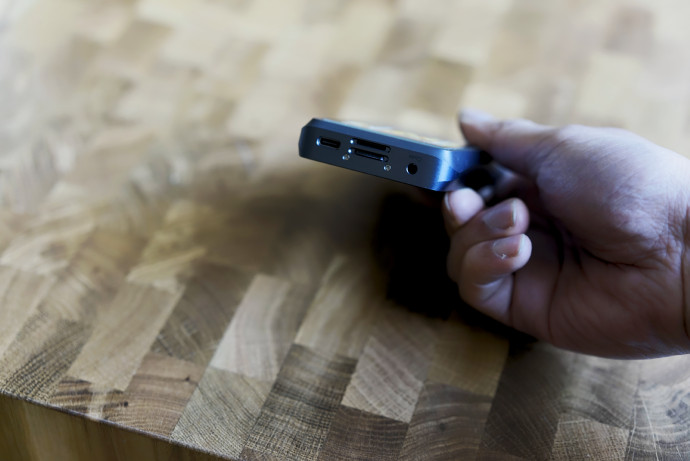
Layout
Unlike the iBasso DX150 and DX200, the DX120 doesn’t support the modular amplifiers system. That said, there is more than enough output power for your regular use with both single-ended and balanced output.
On the lower end, the layout is made of :
- 1x 3.5mm headphone output. Single ended to suit the majority of headphones/earphones
- 1x 3.5mm Line outpout. For those who rely on external amplifier, this is the port you have to use
- 1x 2.5mm TRRS headphone ouput. The one to plug your balanced headphones/earphones
Strangely, only the headphone and line outputs have a golden ring embedded with the plug. I don’t think you get any special feature, sound wise, but it’s pretty nice when you look at it.
On the upper end, you get :
- 1x 3.5mm Coaxial output. To plug an external DAC and use the DX120 as a main source.
- 2x micro-SD slot. Unlike the DX120/DX200, you get two SD slots but no internal memory. You can use big capacity micro-SD cards, in case you’ve got too much music to spare.
- 1x USB Type-C input. This one is compatible with fast charge and all the stuff, you can also charge data at higher speed compared to the old micro-USB port.
All ports feel sturdy and do not budge when you plug/unplug your headphone. A good point as it’s the main durability issue on most DAPs, after the battery life.
Screen
The FiiO M7 raised our expectations about what we could expect of a sub-300€ player, thanks to its small form-factor the screen was taking up to 80% of the front. Plus, the screen quality was a clear upgrade from the previous generation, even from a X5 Mark III standpoint.
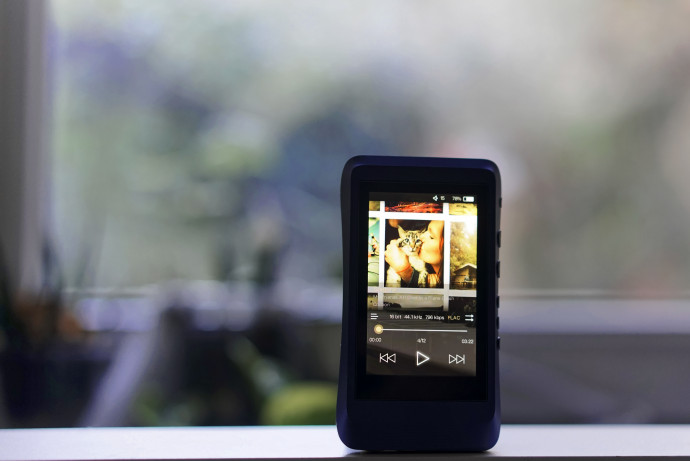
The iBasso DX120 takes a more conservative path with larger borders up and down and narrower, yet still visible, borders on the lateral sides. Some could say that makes it easier to handle, but from my point of view that wasn’t necessary, since the screen itself kept black borders. With a 3.2’’ screen displaying a 640×800 pixels resolution, the iBasso DX120 doesn’t intend to compete with our smartphones.
Yet, the screen is sharp and thanks to the new Mango OS, the fonts are easier to read. Moreover, the album thumbnails look crisp and you don’t get that pixelated junk you could get on earlier DAPs in this price range. Compared to the iBasso DX150 and DX200, the screen is less contrasted but as the DX120 isn’t made to receive Android or Tidal/Spotify/Qobuz, there should be no hassle.
Maximum brightness is pretty low so you may have to avoid direct sunlight, I think the brand noticed it as the play button on the screen is overexposed most of the time. Making it easier to discern, even under heavy light.
Bundle
Nothing fancy inside the box, you have :
- the iBasso DX120;
- a thick mono jack to Cinch for coaxial output;
- the infamous burn-in cable, in 2.5mm TRRS this time;
- screen protection and cleaners;
- a TPU protection case;
- a USB-C cable ;
Honestly, I’m still curious to know who-the-heck uses that burn-in cable. If it’s still there, that means some of you are asking the brand to keep it with the regular bundle. EDIT: iBasso confirms people are still asking for, and using the device, so there you go. I quote: “Many users use this, per feedback and welcome it as they don’t have to use headphones with the accompanying sound.”
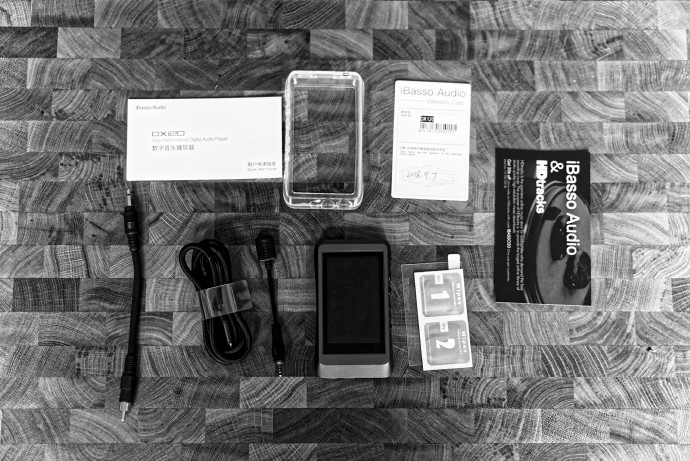
The review continues on Page Two, after the click HERE or by using the jump below.






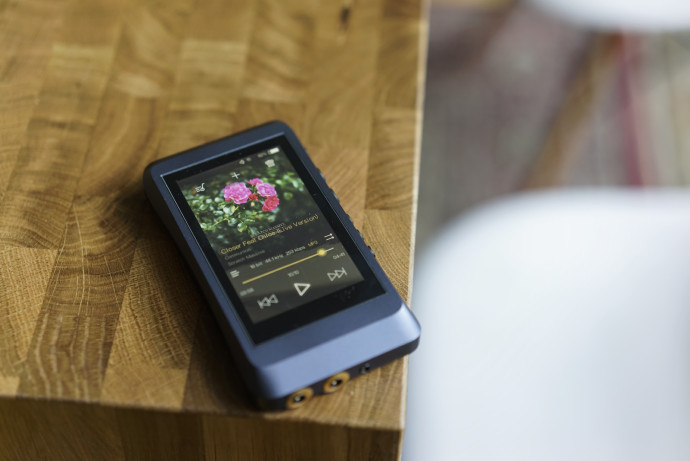


Vinc
can somebody compare dx120 to Fiio M7? I bought dx120 and soundwise its great, but its big, heavy, buttons are horrible and UI is bad. I only use 3.5mm unbalanced headphones, so i dont care if it has supreme 2.5mm output.
vinc
oh, nevermind…Fiio M7 has 1.2 Vrms output. Guess i will stick with this brick for now.
vinc
or maybe comparison to AK norma SR15?
Matteo C.
Knowing iBasso audio characteristics of their DAPs changes every software release. Which, by the way, is very rare. Highly unreliable company.
Dirk
Hi,
I read many DAP reviews but not one explanation of how to transfer music from a Mac iTunes library to a DAP.
Is that even possible?
I find my iPhone great but reading up on some reviews I would like to experience the difference in quality.
Paying a couple 100 Euro just to find out my music library can’t be transferred, is nothing I would do though.
Thanks for enlightening me on the subject.
Ricardo
When introducing a micro sd with more than 5000 songs, the scan goes very slow until the MP3 restarts at the end, why?